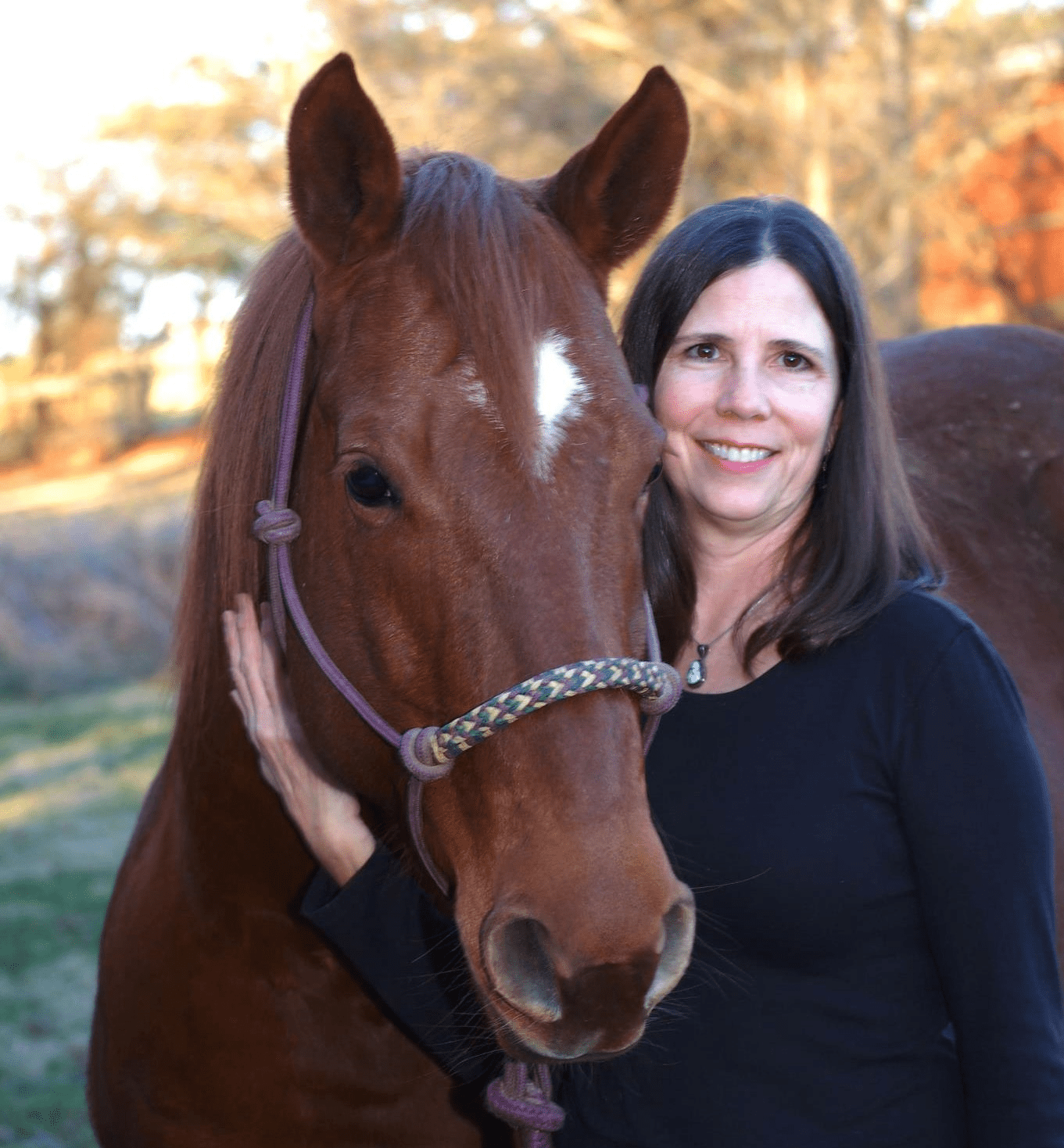The Colicky Foal
The colicky foal can be challenging, noted Bill Bernard, DVM, Dipl. ACVIM, of Rood and Riddle Equine Hospital in Lexington, Ky., during the Hagyard-Davidson-McGee Associates Reproduction Symposium. "Abdominal pain in the foal can be a frustrating diagnostic challenge as the differential diagnoses are extensive," said Bernard. "However, armed with thorough knowledge of the more common causes of pain, complete physical examination findings, the use of the diagnostic tools available, and common sense, the clinician can reduce the list of possible causes to a short list of differentials. From this list a diagnosis can generally be made through exclusion and careful monitoring of progress or lack of response to therapy."
The first thing to decide in a foal with abdominal pain is if the colic is surgical or non-surgical, said Bernard. He stressed the importance of observance "before you jump on it" and start taking vitals and administering medications. He said there are a variety of problems that clients perceive as colic, but, for example, the foal could be laying down a lot because of lameness.
In observing the foal, note whether the abdomen is distended or tucked up. "The latter is less likely to be surgical," said Bernard. He also said the veterinarian will need to characterize the pain. "The foal might by lying on its back and ulcers can be a cause, but so can other things," he noted. Is the pain non-responsive to treatment? Is it is progressive? Then it could be surgical. However, he warned, beware of a foal which is beyond pain; it could have something twisted and be close to death.
Bernard stressed the importance of monitoring vital signs and noting changes, as well as getting as much information from the client as possible. These might include:
� Have there been or are there currently any problems with other animals on the farm, such as fevers or diarrhea, this breeding season or last? For example, outbreaks of diarrhea are common, and abdominal pain often precedes obvious signs of diarrhea.
� Has the patient in question had previous or current problems or therapies that might predispose to gastrointestinal disease? Antibiotic therapy can frequently lead to disruption of normal flora with subsequent gastrointestinal tract upsets.
� Have there been changes in management, including feeding practices?
� When was the last time the individual was observed before noticing the abdominal pain? Foals with sever prolonged colic may be "beyond pain" in a state of severe depression to stupor.
� What were the signs of pain, and were there any other signs noted? Nuerologic signs can sometimes manifest as abdominal pain, and bruxism might be considered characteristic of gastrointestinal ulcers or at least a lower grade "grinding" pain
Create a free account with TheHorse.com to view this content.
TheHorse.com is home to thousands of free articles about horse health care. In order to access some of our exclusive free content, you must be signed into TheHorse.com.
Start your free account today!
Already have an account?
and continue reading.

Written by:
Kimberly S. Brown
Related Articles
Stay on top of the most recent Horse Health news with












